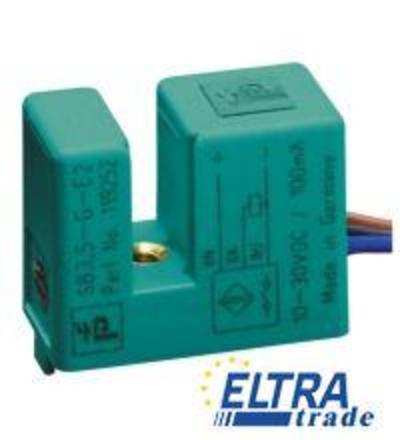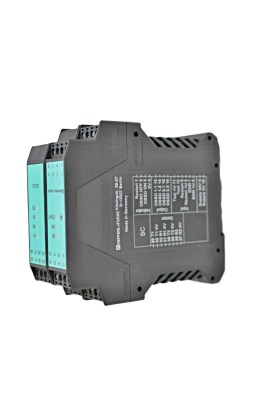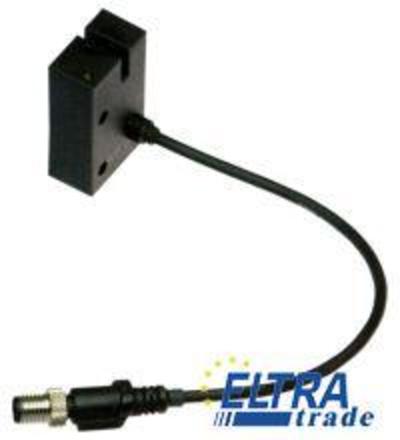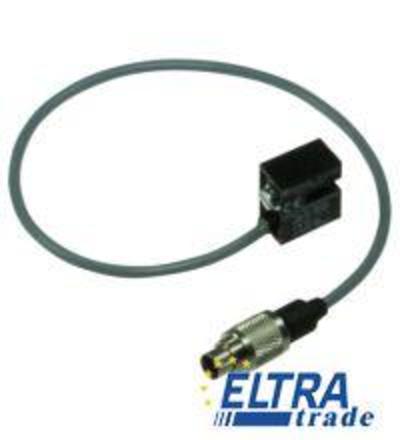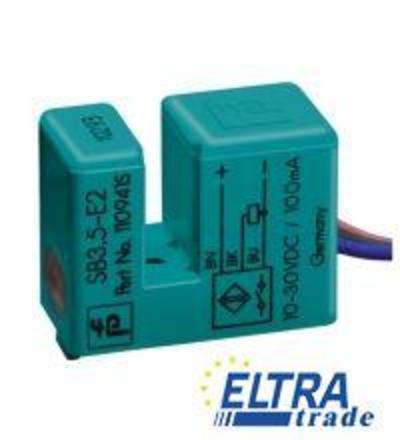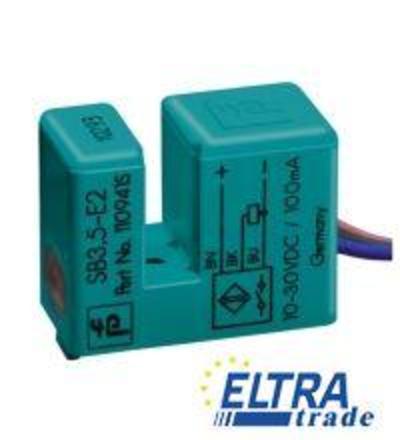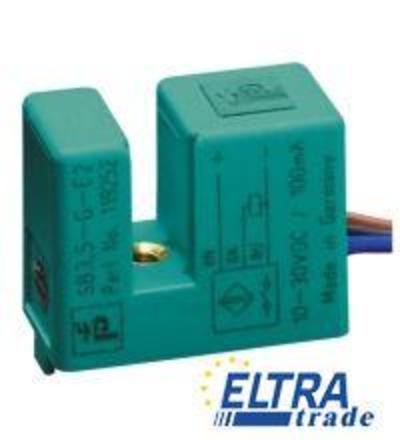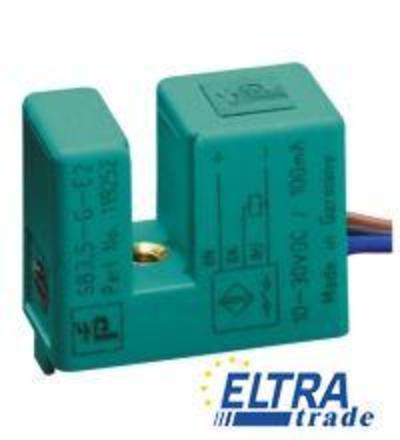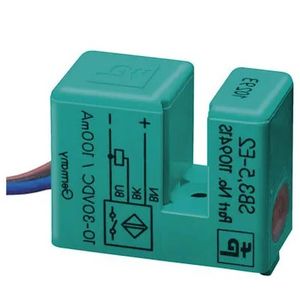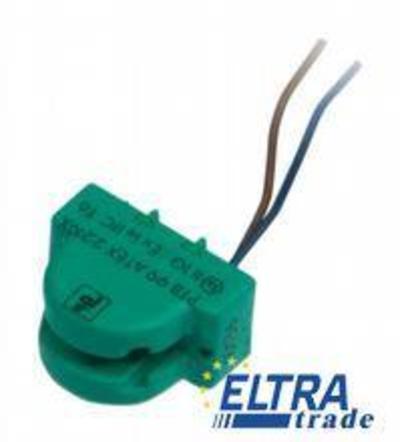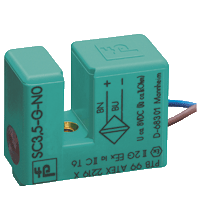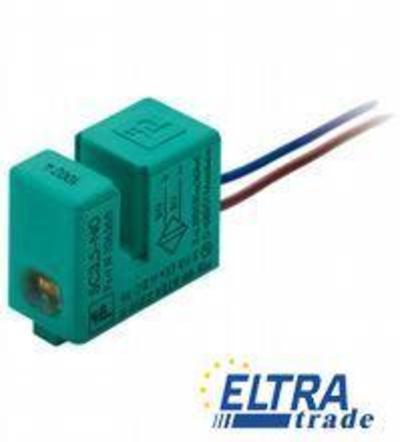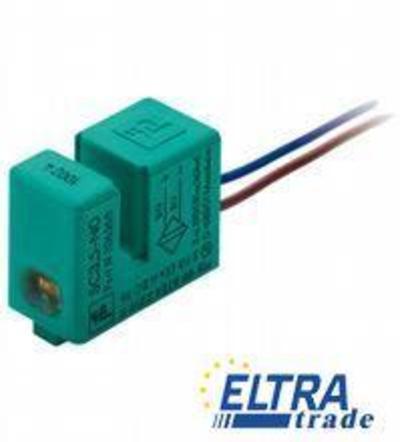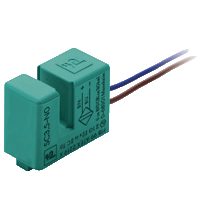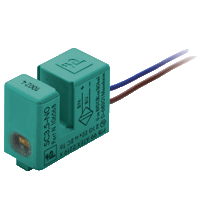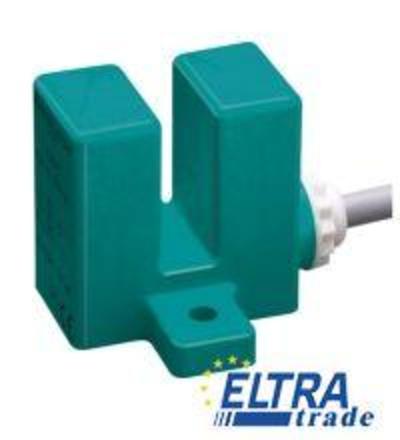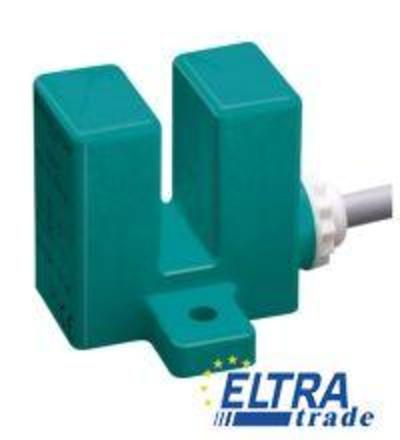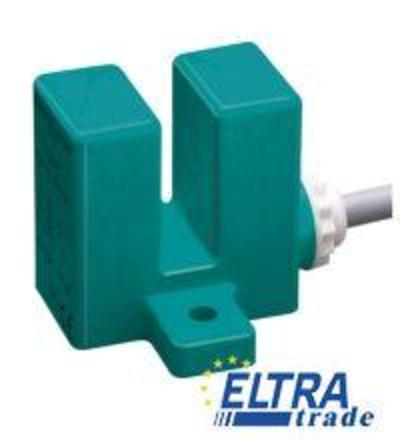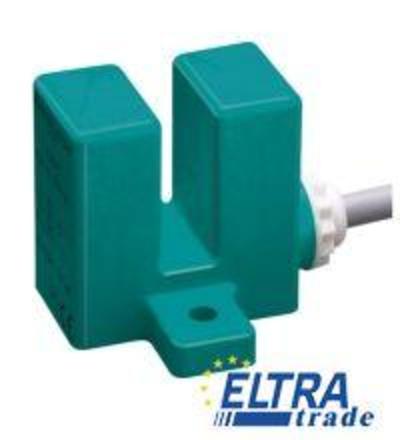Pepperl+Fuchs Slot inductive proximity sensor
- Slot type
- Housing material: Crastin (PBTB)
- Connection type: cable PVC
- 500 mm
- Output type: 3-wire
- Type of voltage: DC
sc2 2
- Response time: 30 ms
- Delay time: 0-999 с
- Sensitivity: 5-10000 mW/m^2
- Temperature range: -25...+70 °C
- Humidity: 10...95% relative humidity without condensation
Series: Slot type, Housing material: PA 6.6, Connection type: 4-pin, M9 connector, Output type: 3-wire, Installation: , Type of voltage: DC
- 3.5 mm slot width
- 4-wire DC
Series: Slot type, Housing material: PBT, Connection type: flexible leads PVC , 135 mm, Output type: 2-wire, Installation: , Type of voltage: DC, ATEX 3G
- Comfort series
- Comfort series
- 3.5 mm slot width
- Comfort series
Pepperl+Fuchs Slot Inductive Proximity Sensors
Pepperl+Fuchs is engaged in the production of electronics for industrial automation and part of their product line is inductive slot proximity sensors. Below we will talk in detail about Pepperl+Fuchs inductive proximity technology and slot sensor specifications.
Technical Specifications and Features Slot Inductive Proximity Sensors
Pepperl Fuchs slot inductive proximity sensors are available in a wide range of slot sizes and widths. They have a relatively straight switching axis between coils and are particularly suitable for applications requiring high speed and repeatability. The smallest models have a high switching frequency, which is ideal for “vane monitoring” flowmeters. Larger versions provide precise position feedback for floor/elevator carriage leveling, edge detection, and sheet feeding. The slot sensors are rated IP67 and are protected from shock, vibration, and contamination. Pepperl+Fuchs offers 3- and 4-wire DC models, 2-wire AC sensors, and sensors with NAMUR output. All are CE and UL listed.
The electromagnetic field is concentrated between the two sides of the slit. The sensor is activated when metal is placed in the space between the sides. The minimum insertion depth from above and/or from the side is approximately 60%. Inductive slot sensors P+F are available with slot widths from 2 mm to 30 mm. These slot sensors have a relatively straight switching axis between two coils and are particularly suitable for applications requiring high repeatability. Some sensor models such as the SJ2 contain a locking mechanism that limits target movement, a useful feature for applications that require limited stylus movement in measurement devices.
Product features:
- Reliable, highly repeatable
- Short circuit & overload protection
- Reverse polarity protection
- CE and UL listed
Applications in Industrial Automation
Here are some common applications of Pepperl+Fuchs slot inductive proximity sensors in industrial automation.
Object detection and counting
Slot sensors are often used to detect the presence of objects when they pass through a specific slot or gap.
Label and tag detection
In labeling and packaging, slot sensors can be used to detect labels or markings on products moving along a conveyor.
Handling Printed Circuit Board (PCB)
Gap sensors are used in PCB handling equipment to detect the presence and position of PCBs during manufacturing or assembly.
Paper processing
In the printing and converting industries, slot sensors play a critical role in detecting the presence and alignment of paper or roll materials as they pass through rollers or other processing equipment.
Conveyor belt control
Pepperl+Fuchs slot inductive proximity sensors are used in conveyor systems to track the movement of objects.
Automated Guided Vehicles (AGV)
Slot sensors are integrated into AGV trajectories to provide guidance and positioning information.
Measuring material thickness
Slot inductive proximity sensors can be used to measure the thickness of materials passing through a slot.
Detection in automated packaging
Automated packaging systems use slot sensors to detect the presence and position of packages as they move through the packaging process.
Door and gate control
Slot inductive sensor technology can be used to control doors and gates in industrial environments.
Quality control in production
Slot sensors play an important role in quality control by ensuring that components or products are correctly aligned and positioned during the manufacturing process.
Sorting and distribution systems
Slot sensors are integral components of sorting and distribution systems. They help determine the position and presence of items on a conveyor, allowing for efficient sorting and redirection of products.
Installation and Configuration Guidelines
Here are the general installation and configuration guidelines for slot inductive sensors.
- Choose a mounting location that ensures proper coverage of the sensing area. Consider the dimensions and orientation of the target objects that the sensor will detect.
- Ensure proper alignment of the sensor with the target or the slot in which it will be detecting objects. Misalignment can affect the sensor's performance.
- Ensure that the mounting surface is clean, flat, and free from any debris or contaminants that could interfere with the sensor's operation.
- Keep the sensor away from large metallic structures or surfaces that could cause interference with the inductive sensing field.
- Consider the environmental conditions, including temperature, humidity, and exposure to liquids or chemicals. Ensure that the sensor is suitable for the intended operating environment.
- Securely mount the sensor using appropriate fasteners to prevent movement or vibration that could affect its performance.
- Connect the sensor to a compatible power supply within the specified voltage range. Ensure that the power supply is stable and provides the required current.
- Connect the sensor's output to the input of the control system or device that will be receiving the sensing signal. Pay attention to the output type (e.g., NPN or PNP) and ensure compatibility with the connected equipment.
- Use shielded cables to minimize the impact of electromagnetic interference on the sensor's signals. Follow the manufacturer's recommendations for cable type and length.
- Some slot inductive sensors may have sensitivity adjustments. Follow the manufacturer's guidelines for adjusting sensitivity to suit the specific application.
- Configure the sensor's threshold or switching point according to the detection requirements. This setting determines when the sensor outputs a signal based on the proximity of the target.
- After installation and configuration, perform testing and validation to ensure that the sensor reliably detects objects within the specified range.
